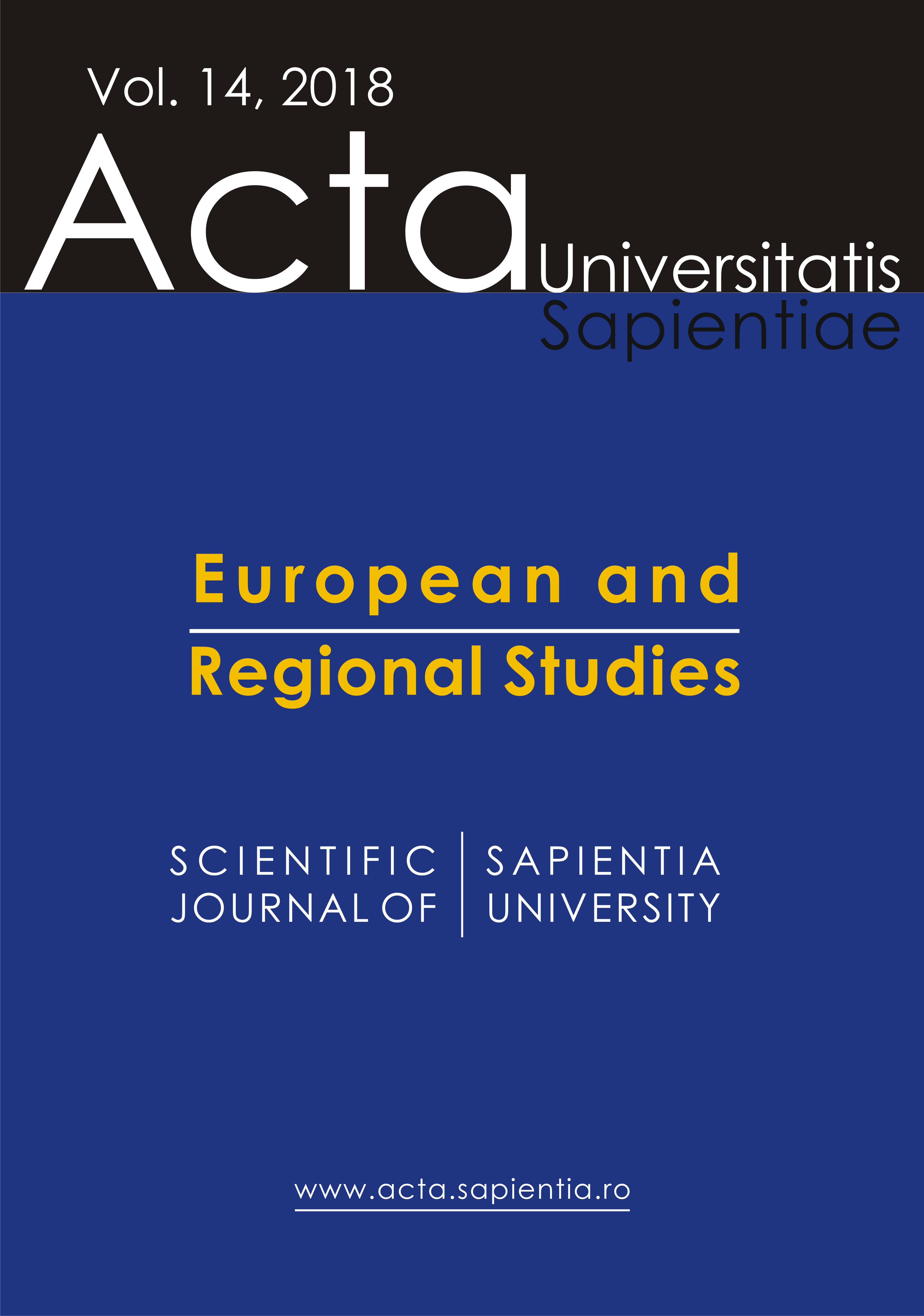The ‘Roma Question’ in Slovakia
The ‘Roma Question’ in Slovakia
Author(s): Kinga MacsóSubject(s): Social Sciences, Sociology
Published by: Scientia Kiadó
Keywords: Gypsies; Slovakia; Gypsy population;
Summary/Abstract: Slovakia belongs to those states with a high number of Romani in terms of population – of the population of about 5.3 million, 480 to 520 thousand people have Romani origin. In Slovakia, only since 1999 have the Gypsies been able to call themselves Roma. In the 1991, 2001, and 2011 censuses, the Romani could decide on their affiliation, they could be considered Roma citizens, but only a few people made use of this right. Only 25% of the Roma ethnic group called themselves Roma, while the majority referred to themselves as Slovakian or Hungarian; so, these demographic data do not reflect reality. The so-called ‘Atlas’-es show a more significantly accurate picture. The creators of these worked together with the local social workers who knew the local Roma communities well in the given settlements. Approximately half of the Romani living in Slovakia were able to change socially to some extent and adapt to the society’s majority. The rest of the Roma minority live isolated in some parts of the city, on the edge of the city, or in the nearby. These communities are characterized by social and ethnic isolation, which may be different in some specific cases. According to different indicators, they are divided into segregated, separated, integrated focused, and integrated scattered groups. Since the year 2003, the state has introduced various social reforms. Local governments have also joined the state-initiated reforms. They create various special projects for their own Roma communities in order to help their advancement
Journal: Acta Universitatis Sapientiae, European and Regional Studies
- Issue Year: 2018
- Issue No: 14
- Page Range: 71-83
- Page Count: 13
- Language: English

